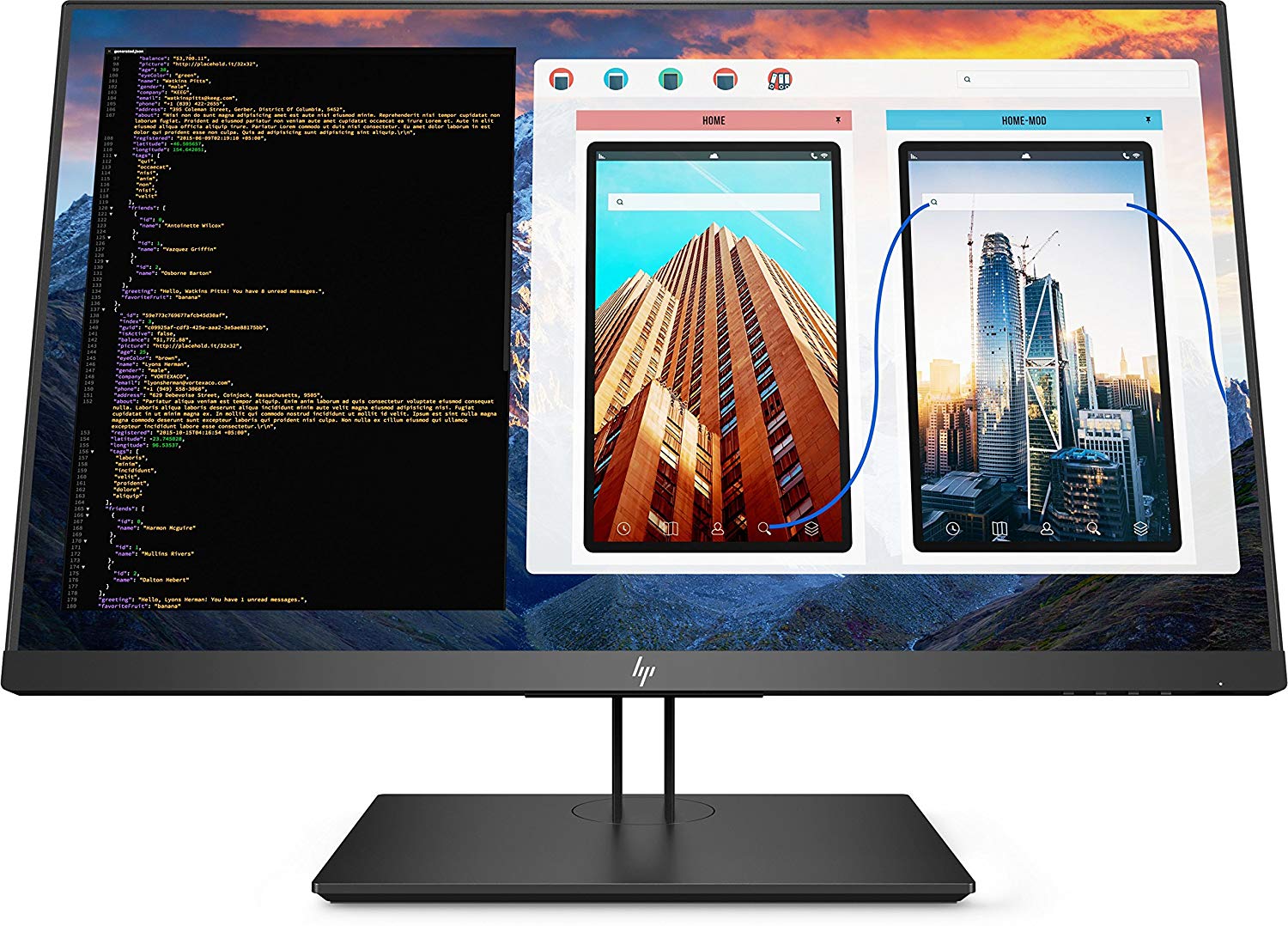
I recommend laying the box, gently, on its side and sliding all the packaging out onto a large, open area. As I mentioned above, with DisplayPort 1.2, only one cable is required to drive this display.

The HP display was connected to Thunderbolt Bus 1, Port 1 and the Apple Cinema display to Thunderbolt Bus 2, Port 2. (That height adjustment is important to me and was a major factor in my original decision to go with the HP Z display family last year.) Thanks to the vertical adjustment ability of the Z27s, I was able to match its height to be the same as the Apple Cinema display. I made the HP display the main display with a single menu bar via System Preferences > Mission Control > Displays have separate Spaces = off.
#4K DISPLAY FOR MAC PRO PRO#
The Mac used for testing is a 2013 Mac Pro with 16 GB RAM and 2 x AMD FirePro D300s with 2 GB VRAM each. This product was flawless out of the box, and as Apple people like to say, "everything just worked." That's important these days.

That effect is gone in El Capitan and switching between spaces is very smooth. Instead, it was almost a snap and a stutter. When I switched Desktop Spaces in OS X Yosemite, there was no slow glide right to left. During that transition, there was no impact or significant change in operation. I started the review process in September with OS X Yosemite and am now running El Capitan. Out of the box, I checked the display for bad pixels and found none. Here's the configuration from About This Mac > Displays. All I needed to do was set the desired resolution in System Preferences > Display.
#4K DISPLAY FOR MAC PRO DRIVERS#
No software or drivers are required for a Mac. After connecting the DisplayPort cable and booting up, the display detected an input on that port, and my display was up and running along side the 2nd display I use, the Apple 24-inch Cinema display. I connected the power cable with ease there is no power brick. A DisplayPort to miniDisplayPort cable was included, which is just what one needs for a Mac. This display comes well packed in a not-too-large box filled with plenty of styrofoam. Here's the executive summary for the tl dr crowd.

#4K DISPLAY FOR MAC PRO PROFESSIONAL#
Read on to see more about my out of box experience, use with a Mac Pro, my reaction to using a 4K display for everyday work and other features.įinally, as you will see, this review was written from the perspective of a fairly experienced Mac user, but not as a video professional or a color professional. The Z27s is the display I have been testing lately, and while it is very similar in appearance to the Z27i I own, its major feature is the 3840 x 2160 resolution, technically Ultra High Definition (UHD) display.

Since then, Hewlett-Packard has continued to develop its line of "Z Displays" and the "Ultra-high Def Z displays". The Z27i was purchased in December, 2014, and I have been incredibly pleased with its 2nd generation, crisp 2560 x 1440 IPS display. My Search: a New Display for a Mac Pro, Part II The end result was the purchase of a Hewlett-Packard Z27i which I described here: My Search: a New Display for a Mac Pro, Part I That story about my search for a new display starts with: That was just about the time when Hewlett-Packard began to deliver some really modern, exceptional displays. That resulted in my search for a suitable display for a 2013 Mac Pro which I acquired in June of 2014. However, things changed a few years ago when Apple elected to let its 27-inch Thunderbolt display, launched in July 2011, stagnate. I spent many years of working with very nice Apple displays, culminating in a 2010 iMac. Hewlett-Packard Z27s 27-inch IPS UHD Display


 0 kommentar(er)
0 kommentar(er)
